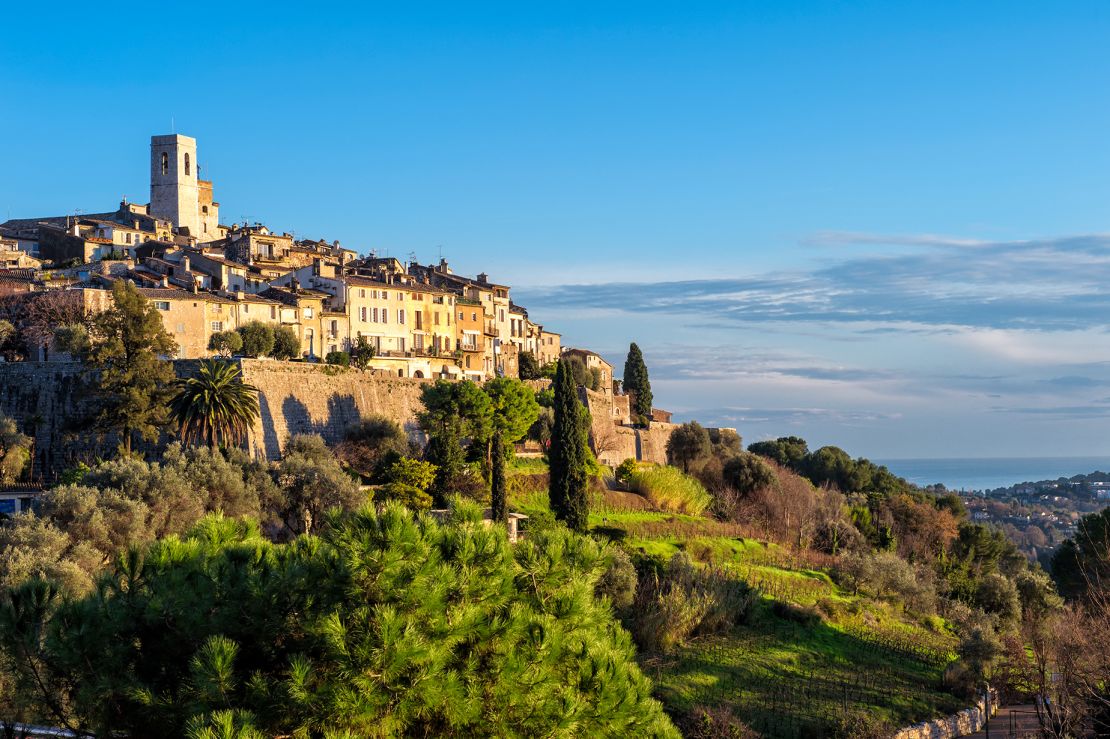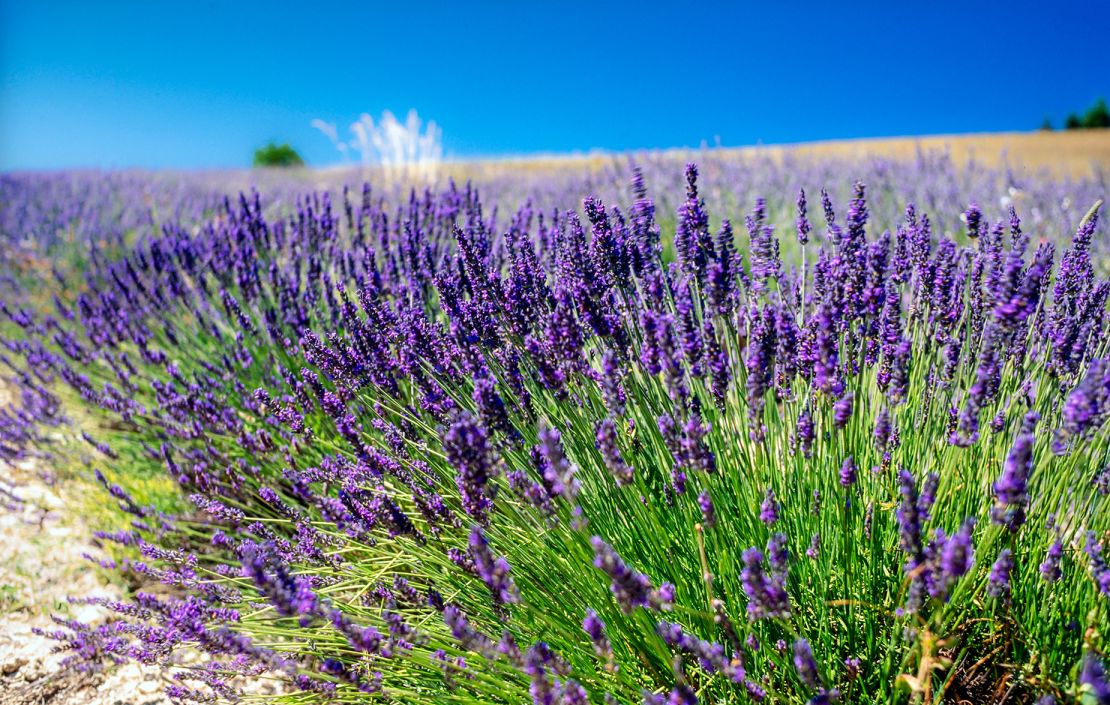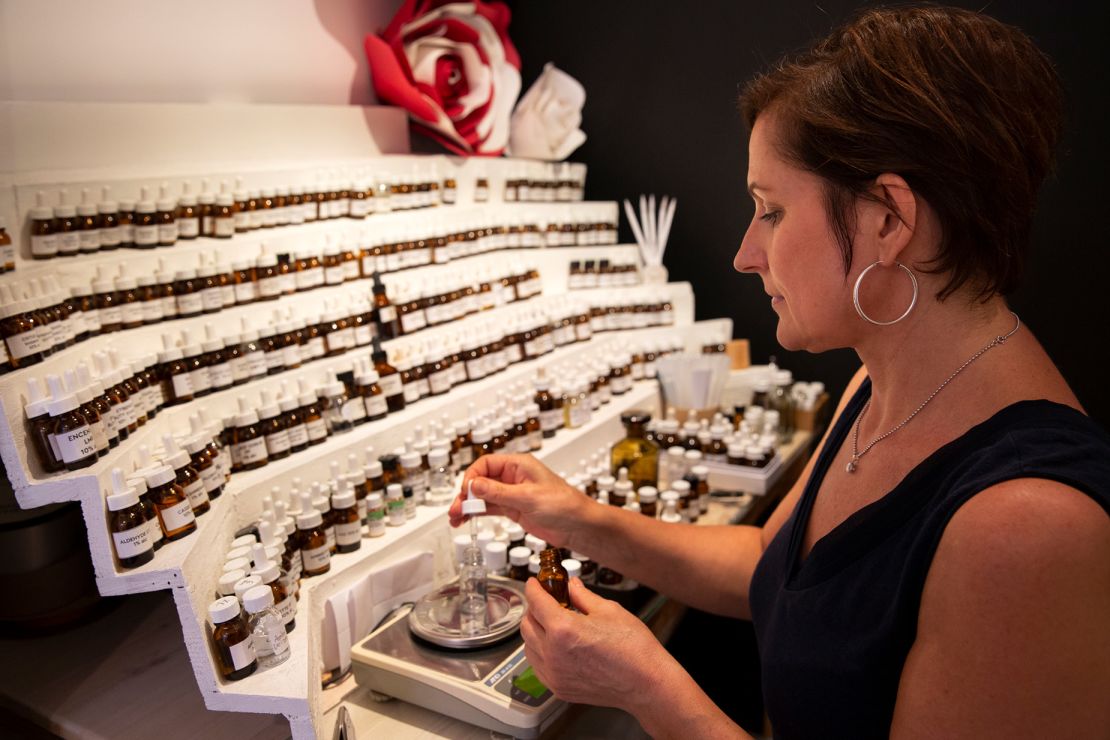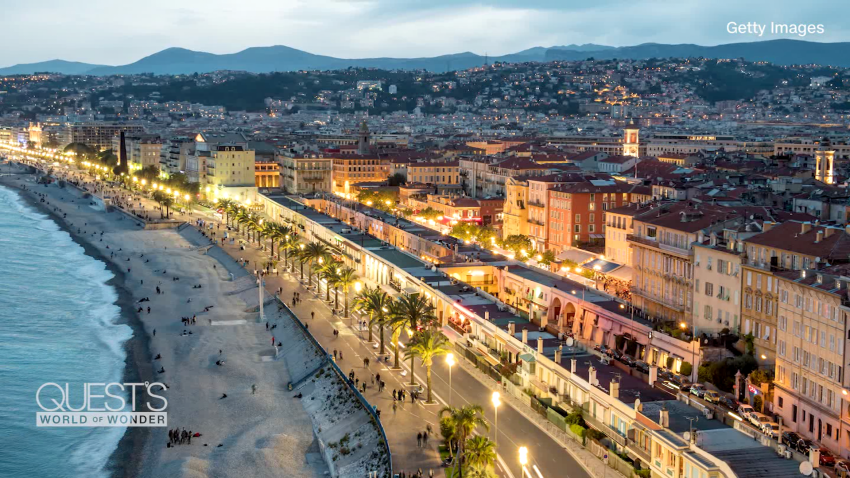It’s a place that oozes sophistication, bonne humeur and joie de vivre, conjuring up an air of elegance unlike anywhere else on Earth. This is the Côte d’Azur, the grand dame destination for European vacations.
Stretching from Cassis to Menton in the far southeast of France, this spectacular coastline is home to the iconic resorts of Antibes, Cannes and St Tropez. And that’s before we get to the glamorous gem that is Nice, the independent principality of Monaco and the beautiful countryside of Provence.
The area earned its reputation as a tourist hotspot during the 19th century, when English and European aristocracy decamped here during the summer for guaranteed good weather and ready access to first-class culture.
Today, it continues to be the ultimate place for the wealthy to kick back. Offering first-class sailing, villas and hotels with a rarified air and opportunities to drive vintage sports cars along its classic Mediterranean coastal roads, it’s no wonder the Côte d’Azur retains its allure all these years on. At its heart there is a simplicity, beauty and old-school charm that is unbeatable.
‘We just use what we have’

Nothing quite sums up the simplicity of the region like its food. This is somewhere that lets the freshest of ingredients do the work, especially in Nice. And few people understand more about the wonder of Niçoise cuisine than Vanessa Massé.
Massé owns Pure & V, a Michelin-starred restaurant that likes to keep things simple. Every morning, she heads to the market, so she can touch, feel and choose the best vegetables for her dishes.
“I love this place,” she says. “I feel… very happy to wake up along the sea and it’s… my time to breathe before a busy day. For me, it’s not working. I (go to the) market every morning.”
Her passion for food is clear as she strolls through the stalls under the warm Mediterranean sun, picking out what she needs for the day ahead.
“There is no blah blah, no we just use what we have,” she says of the way they cook in this part of France. “Cuisine Niçoise they will use of course local ingredients… for me a lot of finger food, a lot of very easy things, a lot of flavors.”
That’s evident in the beautiful food her chefs create, from delicious Soupe au Pistou, made with green vegetables, beans, pasta and potatoes and Le Fleur de Courgette, a simple stuffed courgette flower that is a staple around these parts. Add fresh anchovies straight from the sea and you have a meal that showcases why so many adore Nice’s humble food.

‘You can feel the light’
As if the superb food, gorgeous weather and seaside resorts tumbling down the cliffs towards the shores of the Mediterranean weren’t enough, there is another core aspect to the Côte d’Azur: light.
Bathing the coastline and farmland of Provence, this glorious feature meant that the area became the ultimate destination for artists looking to escape the confines of Paris in the late 19th and early 20th centuries. And no one artist is as synonymous with the Côte d’Azur as Henri Matisse.
“He came here in 1917 at the age of 48. So quite late you would say in his life, but just fell in love with the region and decided to spend the rest of his life here,” explains art enthusiast Florence Tournier, walking through the galleries of Nice’s Matisse Museum.
Although packed with Matisse’s finest works, which are infused with that Niçoise sunlight, there is one painting at the museum that truly stands out. “Tempête à Nice,” the storm of Nice, was painted on Matisse’s first visit.
“It was ruined by constant rain for an entire month,” says Tournier of Matisse’s initial sojourn south. “I think he was very angry and he almost decided to leave and never come back. But the next morning the mistral wind blew the clouds away and this amazing light came to the sea and sky and he decided to stay for the rest of his life.”
The view, painted from the Palais de la Mediterranee, which was a hotel at the time, can still be enjoyed today, something which makes the Côte d’Azur particularly alluring for art enthusiasts. It doesn’t take much sleuthing to find the classic views that have been painted all across the region.
And it’s not just the work of Matisse which helped highlight the true beauty of the region. He was joined by his great friend Picasso, with Renoir, Monet and Chagall all heading here to bring the light to life on canvas.
“Throughout the whole Côte d’Azur you can identify spots that have inspired artists and that were used as decor and model for the landscape of different paintings,” says Tournier.
In fact, there is an oft-overlooked but very beautiful artist’s trail visitors can follow to see these inspirations for themselves. It takes in Antibes, Aix-en-Provence, and, a short drive northwest of Nice, Saint Paul de Vence.
It was here that Chagall did much of his work and you can look across the valley and see exactly what he painted, still the same a century on.
As Tournier says, “You can feel the light, you can feel the colors, you can be in the footsteps of these artists.”
It’s a simple pleasure of the French Riviera that brings true joy.

Purple fields
While the light of the Côte d’Azur provided artists with a reason to flock here 100 years ago, today another simple part of everyday life is also drawing in visitors in their droves: Lavender. The vast swaying fields of purple, found across Provence, are the stuff of which Instagram dreams are made.
And while some might balk at this influx, lavender farmer Jean-Pierre Jaubert is happy to see tourists tramping through his fields. He says it’s great for business.
Lavender is as much a part of the identity of the South of France as the sun and the beach. The flower has grown wild here for hundreds of years.
Speaking in his native French, Jaubert explains that his family has been working these fields for 300 years.
“I think it’s in my veins… What’s more beautiful than this?” he says, gesturing to the fields and breathing in the scent. “The sound of the bees and the smell.”
Provence is a circular story, says Faubert, where the light that drew in the artists helps to fuel the growth of the lavender, bringing more visitors who want to get closer to nature.
Faubert’s farm shop does brisk business, selling all things lavender, from bunches of dried flowers to lavender essence. And it’s also one of the raw ingredients for another quintessentially Côte d’Azur product: Perfume.

The perfect scent
An hour from Nice, the town of Grasse is the perfume capital of the world. Besides lavender, flowers grow everywhere here. And at Fragonard perfumery, which first opened in 1926, they really know how to create the perfect scent.
Karina Hidalgo, who works at Fragonard, says that being able to choose your favorite perfume isn’t as easy as you think.
“When you go to perfumery shops, you would like to try every single bottle,” she says. “After three, your nose doesn’t smell.”
There is, however, a way around this particular issue.
“You smell your clothes, your skin, your hair. Every time you cannot smell (a new scent) your nose needs to smell something that it already knows in order to be able to continue smelling,” says Hidalgo, smiling.
At Fragonard, they can also help you create your own personalized scent, something to remember the Côte d’Azur by. Jessica Buchanan is an expert, known here as a nose, in creating perfumes. She has been trained to differentiate 3,000 essential oils… by smell. Only by reaching that heady level is she allowed to call herself a nose.
“Smell each ingredient separately and then make some little notes,” says Buchanan. Then, after shaking the tester paper to get rid of excess alcohol, you can start again, she adds.
There’s a science to it, something that speaks to the way of getting to the very essence of this special part of France.
The Côte d’Azur is a spectacular place, somewhere that taps into a sense of elegance and retains a charm and beauty that is redolent of years gone by. Whether in the food, art or scenery, it is somewhere that rewards modern travelers who choose to take it slowly and enjoy it from every angle.




